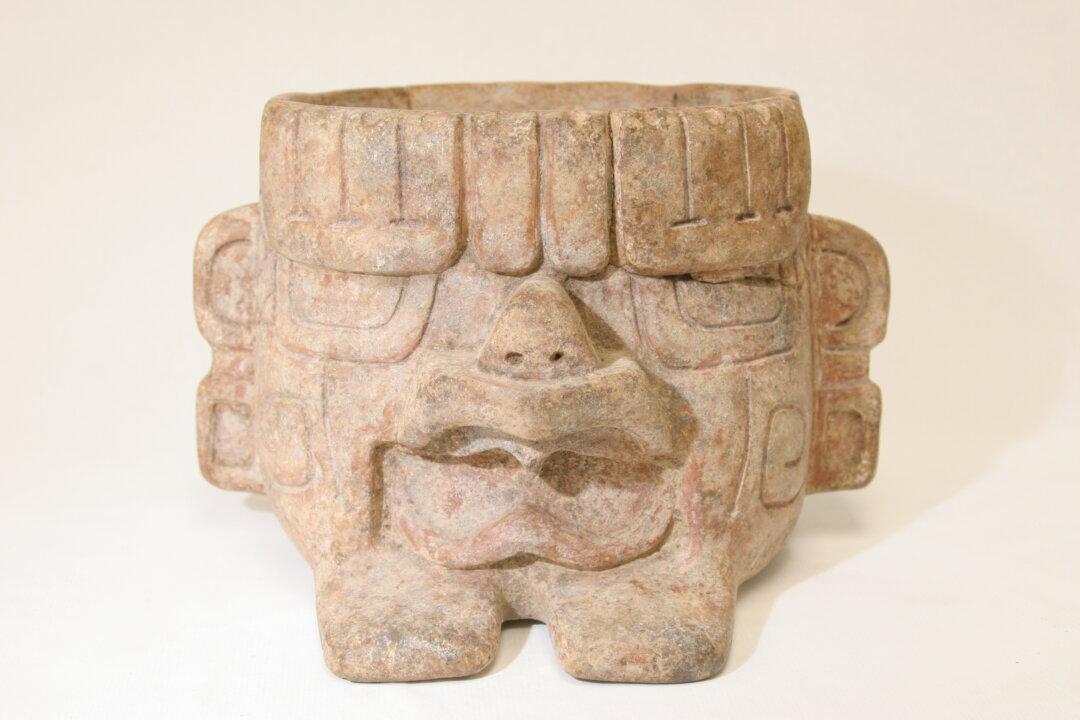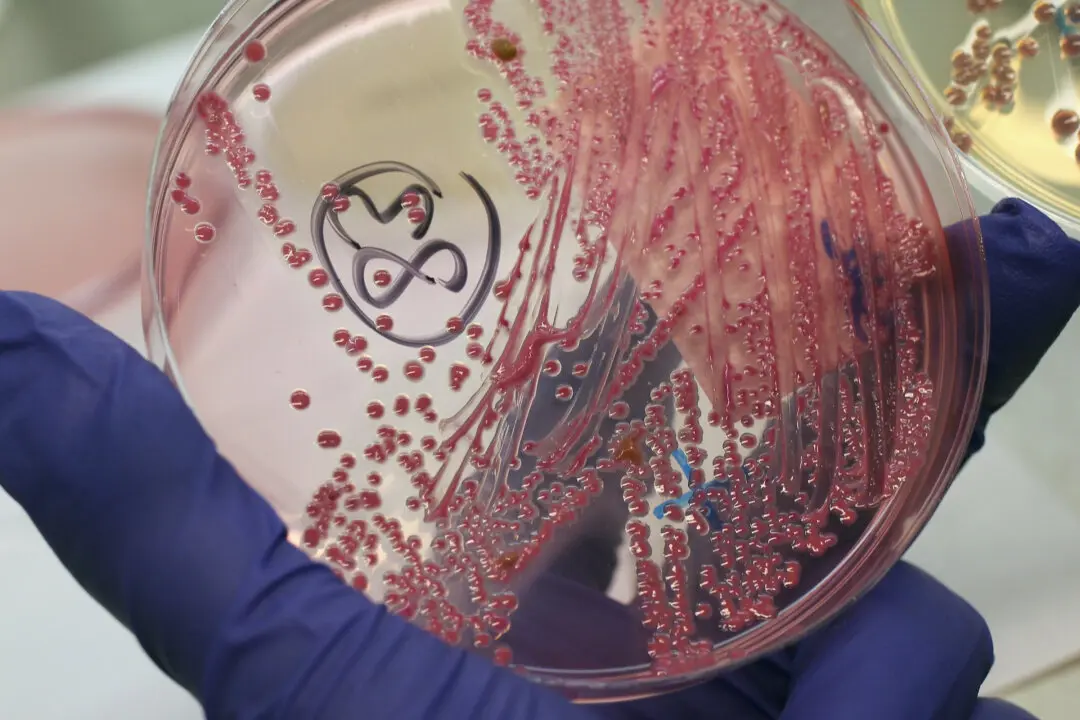San Bernardino County Museum in Southern California has returned nearly 1,300 historic artifacts to Mexico that date back to before the 16th century.
The collection of various pre-Columbian items of common and ceremonial use includes jewelry, incense holders, lamps, sculptures, carved stoneware, ceramic masks, tools, and musical instruments obtained by the museum over the years.





